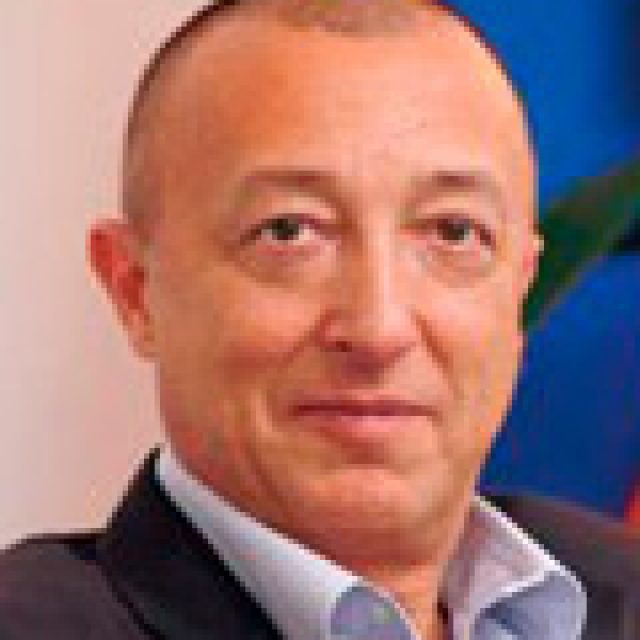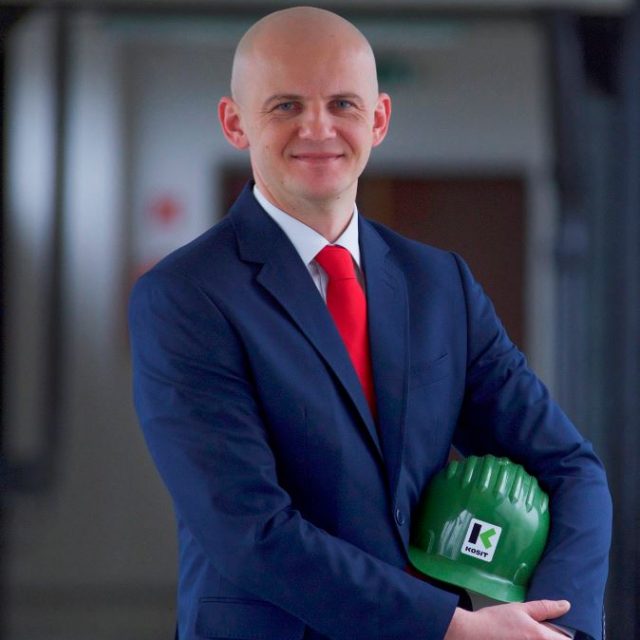Automotive Industry in Slovakia
The automotive industry has a strong tradition in Slovakia and became the most important sector and driving force of the Slovak economy. The Slovak automotive industry experienced significant growth since 1992, which became even more rapid after the turn of the millennium. Over the past 20 years it has been an important source of foreign direct investment. Slovakia has grown to become one of the leading car producers in world, primarily thanks to the presence of three world-class automotive companies being established in Slovakia: Volkswagen Slovakia in Bratislava (since 1991), PSA Peugeot Citroën Slovakia in Trnava (since 2003), Kia Motors Slovakia in Žilina (since 2004) and Jaguar Land Rover in Nitra (since 2016).
The automotive components industry in Slovakia has flourished hand in hand with the rise in automotive production. More car component makers are constantly shifting their operations to Slovakia, to the various industrial parks set up near Bratislava, Trnava, Žilina, Martin and Nitra. Automotive parts production plants have increased the value of their production more than tenfold within the last decade. Among the important activities of modern automotive industry development can be listed not only the construction of the latest automotive plants with the latest technologies, but also the first initiatives in the development of e-Mobility in Slovakia.
Not only the three established automotive producers make the core of the Slovak automotive industry but also a well developed and high–quality supplier network. Automotive Suppliers in Slovakia, Tier–1–2 suppliers, also export their products to plants located around Europe and to other overseas locations.
Due to high and steadily increasing productivity in the Slovak automotive sector, the production in this industry is not categorised as low cost anymore. Nevertheless, it remains cost–competitive on the regional as well as the European level. The Slovak labour force is known for its flexibility, excellent qualification and high productivity.
Growing R&D & Innovation Network
More and more subcontractors move their R&D divisions to Slovakia due to the growing potential of the Slovak market. Decision to relocate and establish R&D capacities results not only in cost saving, but also contributes to company’s flexibility to become more responsive to clients’ needs. As well as they benefit from the available pool of highly qualified engineers and experts.
Success Stories in Automotive R&D in Slovakia
- JOHNSON CONTROLS – Part of the global R&D network for seat systems
- ZKW SLOVAKIA – Innovation of lighting systems
- LEONI – Development of car cable systems
- CONTINENTAL AUTOMOTIVE – Development of brake callipers
- YANFENG – Engineering centre for interiors systems
- INA SCHAEFFLER – Development of rolling and ball bearings
- CEIT – Focus on innovative solutions and complex research projects in cooperation with industry
- AeroMobil – A unique prototype of a flying car is being developed in Slovakia by AeroMobil R&D. The Aeromobil R&D was supported by the Slovak government with state aid.
- Institute of Materials & Machine Mechanics – Applied research institute within the Slovak Academy of Sciences
Automotive innovations in CEE region
More innovations are needed and the CEE region is seeing increasing demand for:
- Improved efficiency in the supply chain
- Increased R&D capabilities
- Innovation, particularly connected to ‘mega trends’ driving the industries. In the automotive sector, this includes the need to reduce fuel consumption and lower CO2 emissions, to adapt to short product life-cycles and to incorporate a growing volume of electronic components (50% of a car’s parts today, compared with 1% back in 1950)
These demands all play into the hands of TIER 1 & TIER 2 suppliers. Often underestimated, but very significant, is the opportunity in industrial machinery. Demand exists for automatic processing machines; computer parts and accessories; and turbines. There is a growing trend for acquisition of machinery linked to exclusive supply of spare parts and maintenance services – with Central and Eastern European buyers spending more on higher quality spare parts, if these are accompanied by ongoing support.
From 1990 onwards, Central and Eastern European countries have received huge inflows of FDI, much of which went towards building capacity in the automotive and aerospace sectors. Between 1997 and 2009, for example, there were more than 1,000 separate investments from overseas into new automotive plants across the region. That growth did not stop in 2009. In the five years since then, output has increased by 170%, with the 44 manufacturers across the region now producing more than 3.5 million vehicles per year. The turnover of the industry as a whole has risen to just above £100 billion. This scale has given the industry a strategic importance which encourages political support: one of the reasons why the automotive sector continues to see double digit growth. Industry clusters in both automotive and aerospace have developed as a result of high levels of investment.











